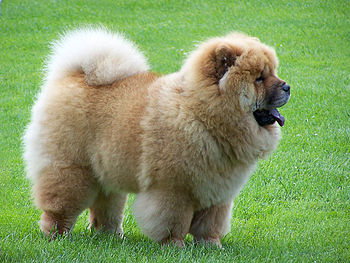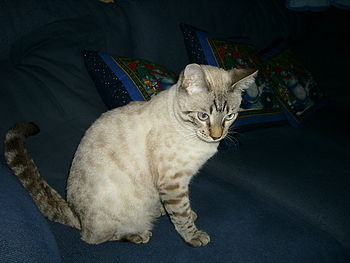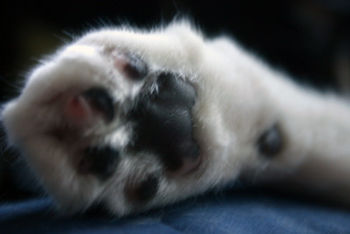 |
| A supermarket's pet food aisle in Brooklyn, New York (Photo credit: Wikipedia) |
Earlier pets used to live a longer life because they were fed with home cooked food. However, in the last few decades, with the advent of commercial pet food, people found it easy to manage the health of their pet. Choosing convenience overwork is everyone’s tendency. Moreover, it is not harmful, right! The recent pet food recall has made it clear to every pet owner about the adversity that it can bring to your pet’s health. It may even die.
Starting from the year 1995, when owners complained about their pet’s vomiting and thus losing appetite till the recent past in the late 2000’s, pet food industry has been proved to be hazardous. False usage and amalgamation of chemicals in pet’s food led to many diseases in pets such as chronic digestive problems, obesity, kidney diseases, heart disease, urinary tract disease, bloat, dental disease, and hyperthyroidism.
These diseases are a result of nutrition-free food produced by commercial pet food industry. So, what’s more important for you then? Convenience or little efforts for your four-legged furry companion whom you love! To start taking care of it in the right way, plan to prepare its meal at home. It is as easy as cooking for your whole family.
All you need to bear in mind is to remember to gather thorough knowledge of the requirements of your pet in terms of the amount of meal, nutrients etc. to be given to it. Different breeds have different needs, plus giving it a wholesome meal is extremely important. Consulting a veterinarian is the best way to go about it or you can use online pet consultation services also. Don’t think more; just avail the benefits of feeding your pet with homemade food providing it a healthy life and long life.



















